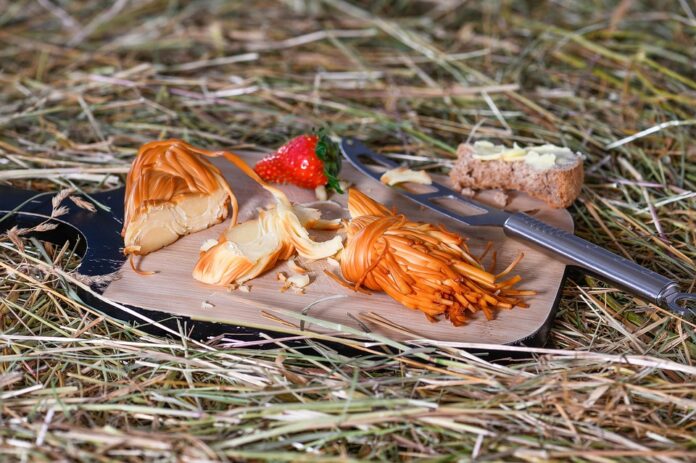Clean Label and Gluten-Free Overlaps with Vegetarian Product Development
In recent years, there has been a significant shift in consumer preferences towards healthier and more sustainable food choices. This has led to the rise of clean label, gluten-free, and vegetarian products in the market. These three trends are interconnected and often overlap in the development of new food products. In this report, we will explore how clean label and gluten-free trends intersect with vegetarian product development, and the opportunities they present for food companies.
The Rise of Clean Label Products
Clean label products are those that contain minimal and recognizable ingredients, free from artificial additives, preservatives, and chemicals. Consumers are increasingly looking for clean label options as they become more conscious about what they eat and its impact on their health. According to a report by Grand View Research, the global clean label market is expected to reach $52.9 billion by 2025, growing at a CAGR of 6.8%.
Food companies are responding to this demand by reformulating their products to meet clean label standards. This often involves removing artificial ingredients, using natural colors and flavors, and emphasizing the simplicity and purity of the ingredients. Clean label products are perceived as healthier, safer, and more transparent by consumers, leading to their growing popularity.
The Gluten-Free Movement
Gluten-free products are those that do not contain gluten, a protein found in wheat, barley, and rye. Gluten-free diets are essential for individuals with celiac disease or gluten sensitivity, but they have also gained traction among health-conscious consumers who believe that gluten-free foods are healthier. The global gluten-free market is projected to reach $9.6 billion by 2027, with a CAGR of 9.5%, according to Research and Markets.
Food companies are capitalizing on this trend by developing gluten-free alternatives to traditional products such as bread, pasta, and snacks. These products often use alternative flours like almond flour, coconut flour, or quinoa flour to replace wheat flour. Gluten-free products are labeled as such to cater to consumers with gluten-related disorders and those looking for healthier alternatives.
Vegetarian Product Development
Vegetarian products are those that do not contain meat, poultry, or fish. Vegetarian diets are gaining popularity due to their perceived health benefits, environmental sustainability, and ethical considerations. The global vegetarian market is expected to reach $10.5 billion by 2026, with a CAGR of 7.4%, according to Meticulous Research.
Food companies are expanding their vegetarian product offerings to cater to the growing demand for plant-based options. This includes plant-based meat alternatives, dairy-free cheeses, and vegan desserts. Vegetarian products are often marketed as sustainable, cruelty-free, and nutritious, appealing to a wide range of consumers looking to reduce their meat consumption.
Clean Label, Gluten-Free, and Vegetarian Overlaps
The clean label, gluten-free, and vegetarian trends often intersect in the development of new food products. Many vegetarian products are naturally gluten-free and made with clean label ingredients. For example, plant-based meat alternatives like veggie burgers or tofu are typically gluten-free and made with natural ingredients. These products appeal to consumers looking for clean, healthy, and sustainable options.
Food companies can leverage these overlaps to create innovative products that cater to multiple dietary preferences. By focusing on clean label ingredients, gluten-free formulations, and vegetarian options, companies can meet the diverse needs of consumers and tap into multiple growing markets simultaneously. This holistic approach to product development can drive sales, increase brand loyalty, and differentiate companies in a competitive market.
In conclusion, the intersections between clean label, gluten-free, and vegetarian trends present significant opportunities for food companies to innovate and meet the evolving demands of consumers. By developing products that align with these trends, companies can stay ahead of the curve and capitalize on the growing market for healthier, more sustainable food options. The future of food is clean, gluten-free, and vegetarian, and companies that embrace these trends will thrive in the evolving food landscape.




